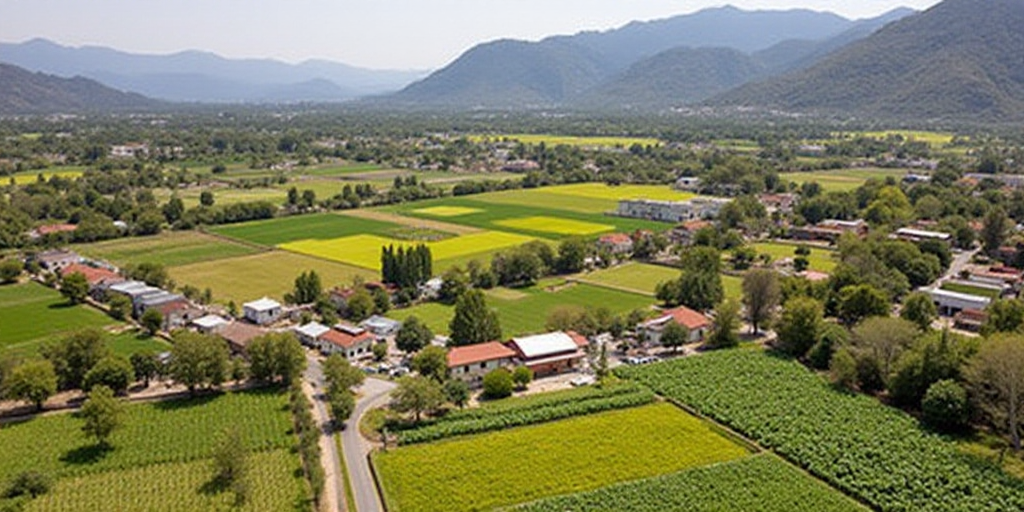Introduction
Naucalpan, Edomex. The Secretariats of Economic Development (Sedeco) and Rural Development of the State of Mexico have established an integral plan to revitalize the economy in the southern municipalities of the Edomex, combining agroindustrial projects, sustainability, and social development in a historically marginalized yet resource-rich area. According to Laura Gonzalez, the head of Sedeco, these municipalities possess significant potential in both natural and cultural resources.
Agricultural Focus: Aguacate Industry
In the agricultural sector, the state is emphasizing the growth of the avocado industry. The State of Mexico ranks third nationally in avocado production, with over 13,000 hectares cultivated and producing 32,000 tons annually. An initial direct export to the United States is being prepared from Temascaltepec, with an expected volume of 5,000 tons in the coming weeks, pending necessary certifications from the US.
Additionally, other southern municipalities are being prepared to export avocados globally. While the US export process is delayed due to health regulations, shipments have already commenced to other regions, including Canada, Europe, the Middle East, and countries like South Korea and Japan.
“A pioneering national production model is being established, prioritizing agroecological practices. This includes water management, avoiding the invasion of protected zones, and ensuring workers’ social security,” Gonzalez explained.
Mezcal Production and Denomination of Origin
Fifteen municipalities in the southern region are working towards obtaining a denomination of origin for their native agave mezcal. This move aims to position the product in specialized national and international markets, with Malinalco, Tulancingo, and Coatepec Harinas being key producers.
Floriculture and Tourism
The State of Mexico leads in floriculture, both in production and exportation. A coordinated route tourism plan is being designed with crucial industry players to economically activate the southern region.
Diversification and Regional Development
The strategy involves the territorial sectorization of the entity into Strategic Production Corridors to attract investments and promote economic activities aligned with municipal vocations. Collaboration with the federal government aims to consolidate these projects, positioning the State of Mexico as a crucial player in the México Plan and Bienestar Poles.
The state capitalizes on its strengths in manufacturing, logistics, services, commerce, and agriculture, with export capabilities covering over 9,000 products to 147 countries. These include automotive goods, pharmaceuticals, agroindustrial products, and electronics. The State of Mexico serves as a robust internal market due to its high population and supplies national and international production chains.
Key Questions and Answers
- What is the main focus of the State of Mexico’s plan? The plan aims to revitalize the economy in southern municipalities through agroindustrial projects, sustainability, and social development.
- Which agricultural sectors are being prioritized? The avocado industry and floriculture are key sectors, with mezcal production also gaining attention through a denomination of origin.
- What are the export goals for avocados? Initial direct exports to the US and other countries, including Canada, Europe, the Middle East, South Korea, and Japan, are planned.
- What is the significance of obtaining a denomination of origin for mezcal? This recognition will help position mezcal in specialized national and international markets, boosting its value and demand.
- How does the State of Mexico plan to leverage floriculture for economic growth? A coordinated route tourism plan is being designed to attract visitors and stimulate the regional economy.
- What role does diversification play in the State of Mexico’s development strategy? Diversification across industries, including manufacturing, logistics, services, commerce, and agriculture, strengthens the state’s export capabilities and internal market presence.






